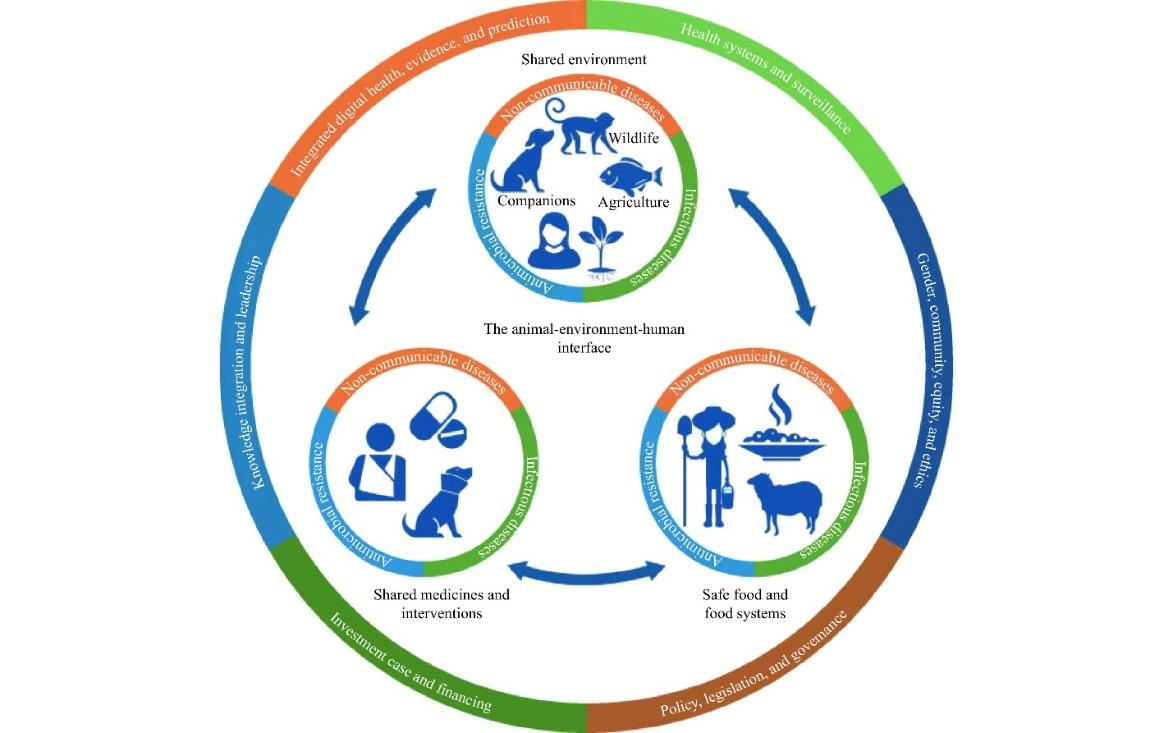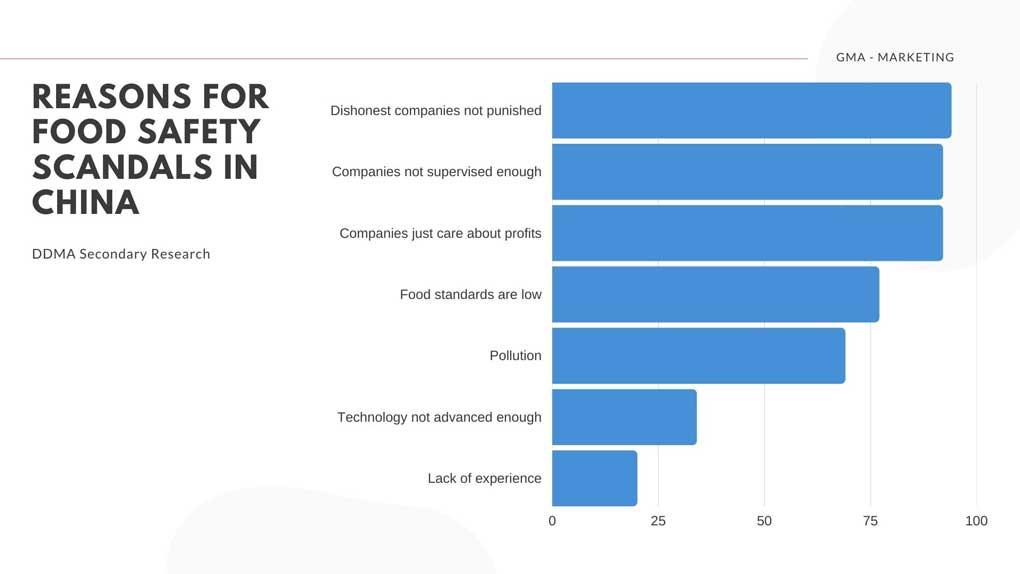.jpg)
This is the 160th essay in the China Chronicles series.
Availability and access to safe food are key to achieving food security and good health. Food safety is ‘handling, preparing and storing food in a way to best reduce the risk of individuals becoming sick from foodborne illnesses’.
Approximately 600 million people (1 in 10) fall sick and 420,000 die from eating unsafe food. Further, there is a loss of 33 million healthy life years along with health costs of US$110 billion per year for low-middle income countries. Around 40 percent of children under five bear the brunt of foodborne diseases. Consuming unsafe food hinders socioeconomic development by exerting pressure on the healthcare system and the loss of the economy.
The 75th Session of the World Health Assembly adopted the updated Global Strategy for Food Safety (2022–2030), for strengthening food safety systems. This was implemented after the WHA 73.5 Resolution on “strengthening efforts on food safety” which urges member states to revise the existing food safety strategies given the emerging challenges. In the context of food safety, the “One Health” approach (fig below) is key as it integrates balance between humans, animals and the ecosystem to prevent food-borne illnesses.

One Health Approach
China, being the second most populated country in the world, also accounts for 23 percent of global food grain production. It is the largest producer of agri-foods worldwide in terms of quantity of 1,095 million metric tonnes. Additionally, it ranks as the second-largest importer of agricultural products based on monetary value and the main exporter as well. China stands as a prominent player in wheat and rice production globally and is among the top nations in corn, barley, and oilseed production. Due to high rates of agricultural production and food contamination, food safety is a major concern for China. Producers are known to contaminate food through adulteration, additives, and pesticides for higher profits.
Over the years, the Chinese government has strengthened food safety regulations by establishing the China State Food and Drug Administration in 2003. In 2015, China’s Food Safety Law was enacted to ensure the food safety, health, and life of its citizens. Further, in 2017, China released the ‘Plan for National Food Safety Standard Work’ under the Chinese National Health and Family Planning Commission for the revision of food standards. These regulations concern food products, and special dietary foods and also standardise practices for food production and operation. China's national strategy for food safety was established in 2016 with a clear aim and roadmap for zero tolerance for food safety risks by 2020 and a goal to ensure that Chinese people can “eat at ease and safely”. It further aims to establish food safety standards and governance by 2050.
China has seen many food safety incidents. In 1988, in Shanghai, a hepatitis A outbreak occurred due to the consumption of raw clams leading to infection and hospitalisation of many people. Another incident was the Chinese milk scandal, in 2008, wherein the infant-milk formula and other foods got contaminated with melamine, affecting 300,000 children with kidney and urinary tract infections. This led to establishing the new People's Republic of China Food Safety Law which states in Article 19 that ‘Food safety standards are compulsory standards. No compulsory standards other than food safety standards shall be formulated for food products.’ Despite this, there have been multiple food safety scandals in the past two decades; the most recent one being the unsafe conditions at Wuhan’s animal market spreading the COVID-19 pandemic.
The reason for such a high number of food-related incidents remains the lack of monitoring and regulation by the government and the lack of ethics by food companies for profits (Figure 2). Environmental issues also affect crop yield, food quality, and food safety. About 12 million tonnes of food grains are contaminated every year due to soil pollution by heavy metals threatening food safety and human health.

Reasons for food safety scandals in China
The mushrooming of fake/counterfeit products sold through online platforms is putting food safety at risk. The lack of or incomplete food labelling can also jeopardise food safety as the consumer is not sure of the food product. Even though China has enacted the ‘Standard for the Labelling of Prepackaged Foods’ since 2011 and has revised them over the years. The food scandals indicate that strict regulations and proper implementation of the labelling laws are required.
There is also a need to develop a roadmap for the implementation of the updated Global Strategy for Food Safety (2022–2030) for strengthening the food safety system and concerns in China. Future food safety strategies should focus on strengthening food safety legislation and aligning the food safety standards to international benchmarks. Creating awareness among consumers and improved front-of-pack labelling to provide all required information should be implemented. Further, food safety guidance should be developed for food producers, businesses, and authorities to maintain food safety standards across the food value chain.
Shoba Suri is a Senior Fellow at the Observer Research Foundation.
The views expressed above belong to the author(s). ORF research and analyses now available on Telegram! Click here to access our curated content — blogs, longforms and interviews.



.jpg)
 PREV
PREV

.png)
.png)
